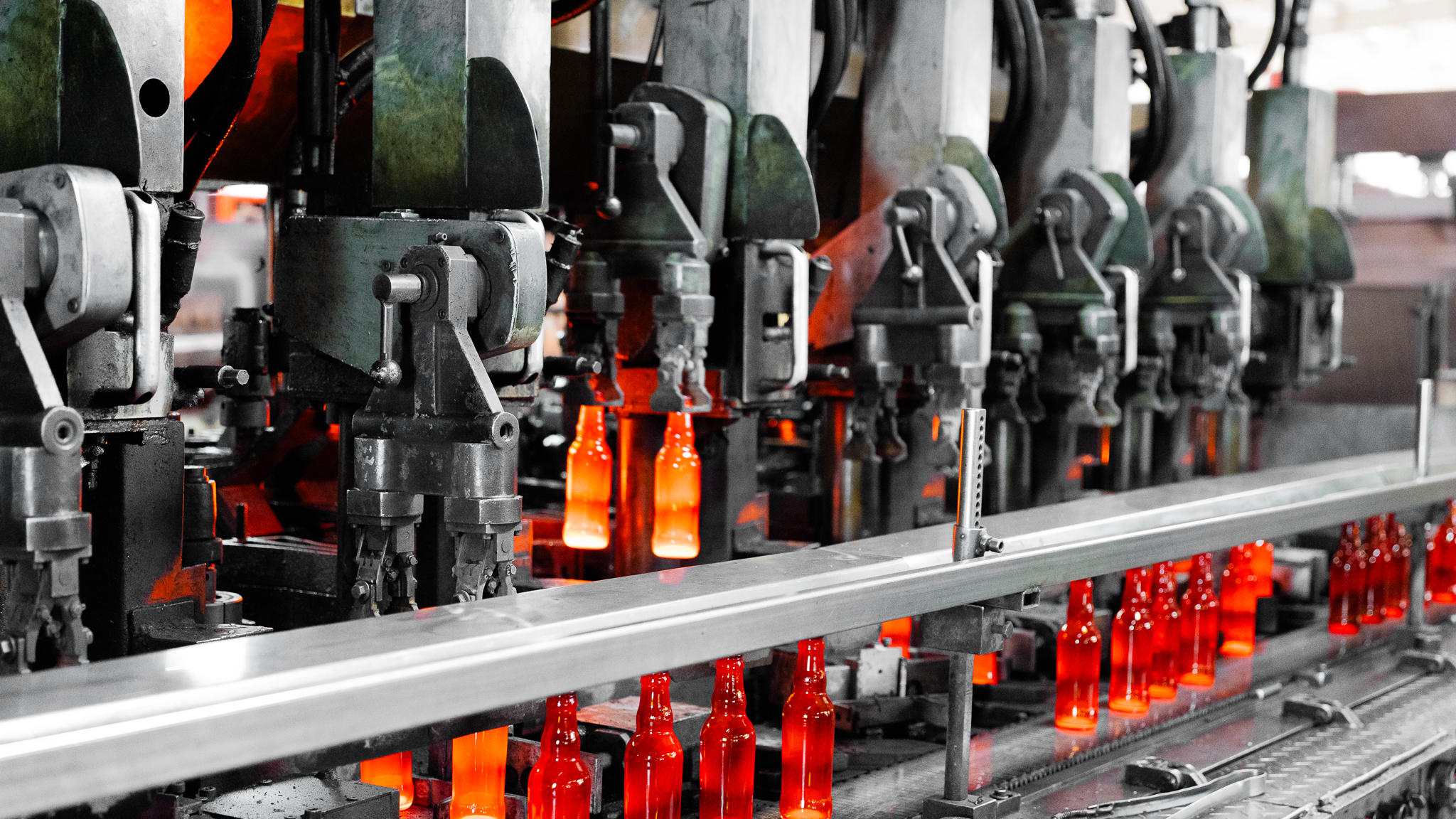The Process of Manufacturing Glass Vials
The Process of Manufacturing Glass Vials
Glass vials serve as a crucial element across various industries,particularly for packaging pharmaceuticals,wellness items,and beyond. Renowned for their strength and capacity to protect delicate substances,they are vital in ensuring product quality and safety. But have you ever been curious about the production process of glass vials?This comprehensive guide delves into the manufacturing stages of these adaptable containers and underscores the significance of maintaining high standards in their production.
At Creative-Package,our expertise lies in delivering high-quality packaging options,such as glass vials and bulk glass containers. Gaining knowledge about the manufacturing process of glass vials can be enlightening for both industry experts and interested consumers,helping to explain their widespread use across various applications.

The Process:How are Glass Vials Made?
The production of glass vials involves meticulous steps to ensure precision and quality. Here’s a closer look at the manufacturing process:
Raw Material Preparation
To start producing glass vials,one must first acquire and process the necessary raw ingredients. The main components of glass are silica (sand),soda ash,and limestone. For borosilicate glass vials,adding boron trioxide improves their durability and ability to withstand heat.
It is essential to precisely measure and blend these materials to obtain the correct mixture. The purity of the raw materials is crucial because any impurities might compromise the final product's clarity, strength, and chemical resistance.
Melting and Refining
The raw materials are combined and subjected to a furnace where they are heated to over 1,700°C, causing them to melt and merge into liquid glass. To eliminate bubbles and impurities, this molten glass is refined, ensuring uniformity and preparing it for molding. This refining phase is essential for producing high-quality glass vials that adhere to industry standards.
Forming the Vials
After refining, the molten glass is shaped into vials using one of two main methods:
Blow-and-Blow Method: Typically used for producing small vials, this technique shapes molten glass by blowing air into it while it is inside a mold.
Tube Drawing Technique: Employed for creating tubular glass vials, this method involves pulling molten glass into elongated tubes, which are subsequently cut to the required length and shaped into vials.
Accurate regulation of temperature and pressure is essential for both methods to ensure the desired dimensions and wall thickness. This precision is particularly crucial in pharmaceutical and laboratory settings, where exactness is paramount.
Annealing
Annealing is the process of cooling glass, which involves using a Lehr, a heated furnace, to reheat the bottles before allowing them to cool to room temperature. The glass bottles are transported forward, and once they exit the Lehr, an external coating is applied for protection. This method slowly reduces the temperature of the vials, alleviating internal stresses that result from quick temperature shifts during their formation. By annealing, the vials become sturdier and less likely to crack or break.
Quality Inspection
Ensuring high standards is crucial in manufacturing glass vials. Every vial is meticulously examined to confirm it adheres to the required size, shape, and strength criteria. Cutting-edge technology, including automated optical inspection systems, plays a vital role in identifying flaws such as cracks, bubbles, or variations in thickness.
Surface Treatments and Coatings
Based on the specific application, certain glass vials undergo treatment with surface coatings to boost their performance. For example, siliconisation can be carried out to enhance lubrication and minimize the interaction between the vial and the substances it contains. Additionally, other types of coatings such as anti - static or barrier layers might be used to offer further protection to sensitive materials.
Packaging and Distribution
Once the glass vials are completed, they are meticulously wrapped to avoid any harm during shipping. At Origin, we guarantee that our bulk glass packaging solutions adhere to the utmost safety and efficiency standards, prepared to support industries globally.
Quality Glass Vials at Creative Package
Innovation persists in revolutionizing the manufacturing process of glass vials. Sustainability has emerged as an increasingly significant focus. Manufacturers are actively delving into eco - friendly approaches, like cutting down energy usage in furnaces and recycling glass waste. Creative Package is firmly dedicated to embracing state - of - the - art solutions that are in line with our objective of supplying high - quality, sustainable pharmaceutical packaging.
Whether your requirements are for glass vials in the pharmaceutical, laboratory, or cosmetics industries, we present an extensive array of high - quality and durable solutions that are well - suited to a wide spectrum of needs. There is a vast variety of options available. However, if necessary, you can also collaborate with us directly to develop a customized solution. Explore our glass vials and wholesale glass packaging to discover the perfect fit for your business. Contact us today.